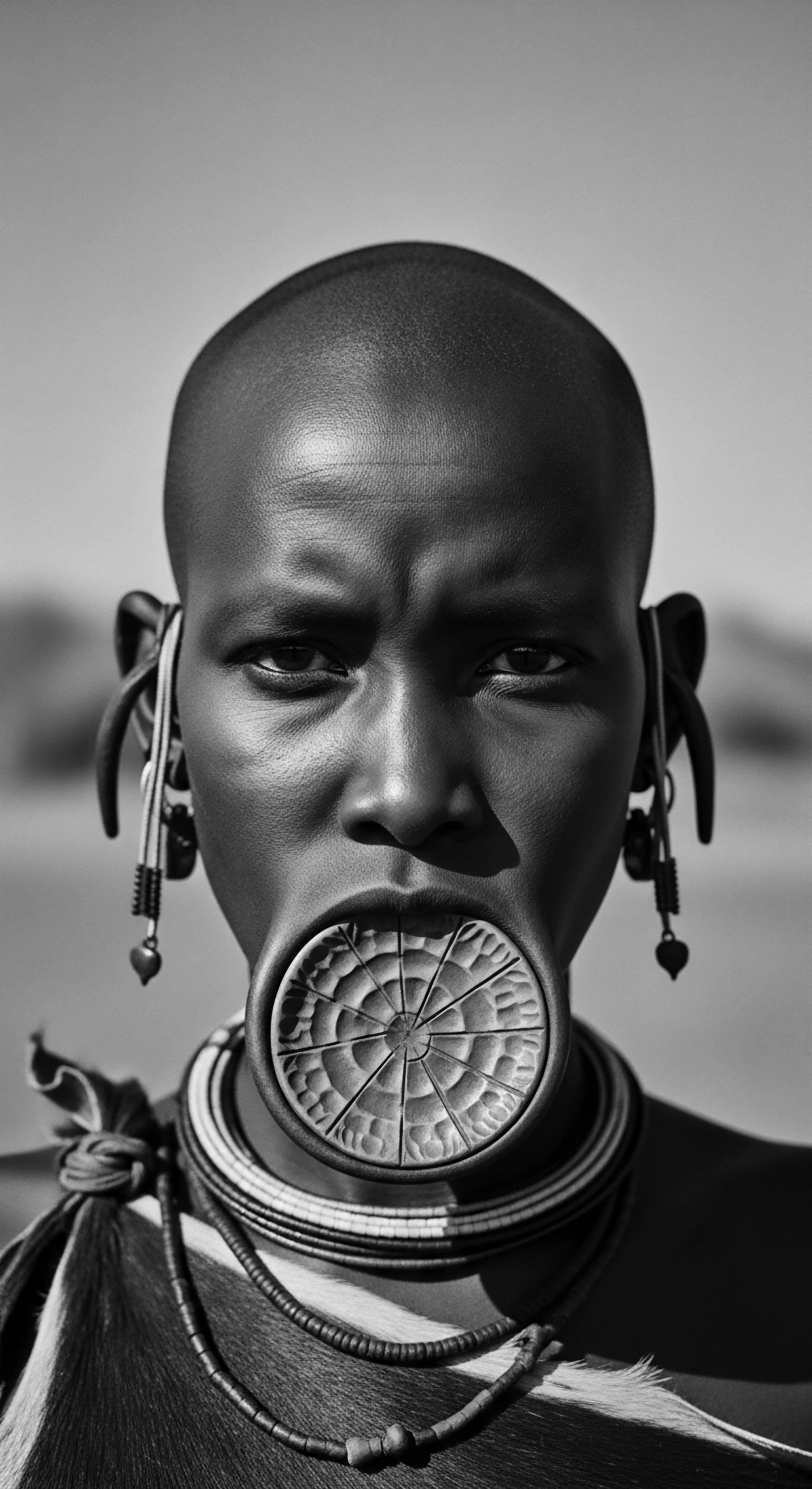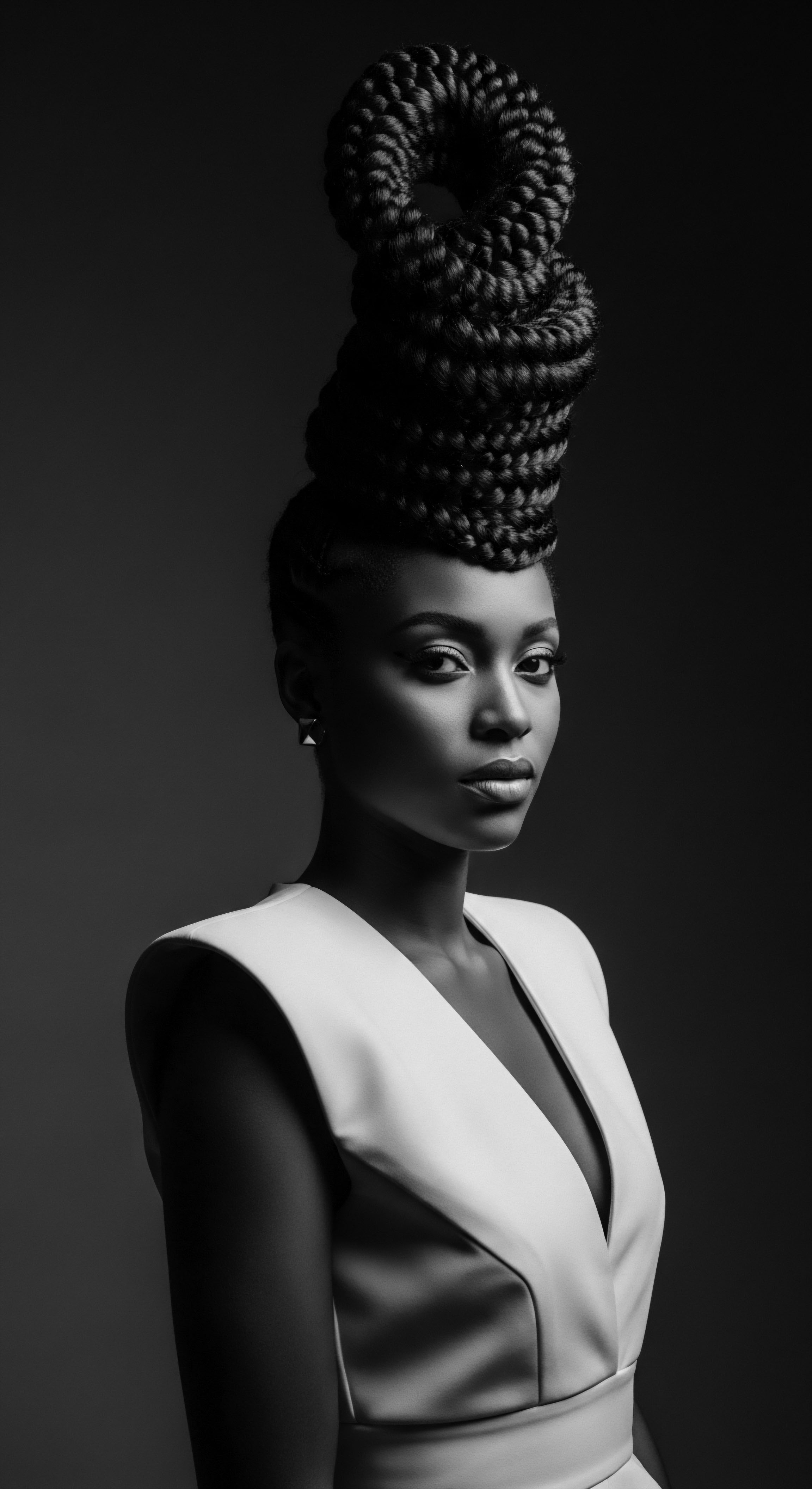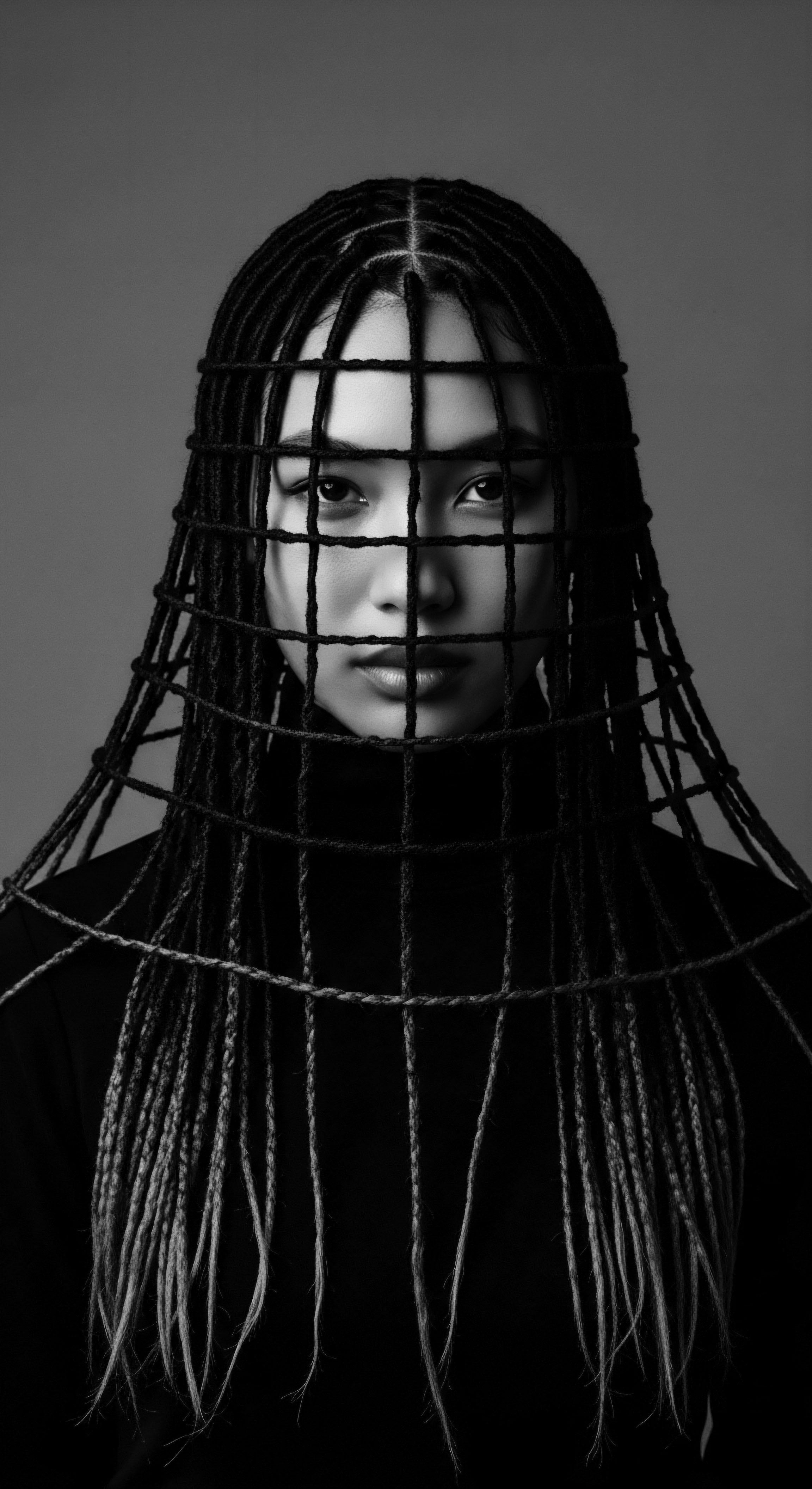
Did clay use in hair practices influence community bonding and heritage?
Clay use in textured hair practices profoundly strengthened community bonds and heritage through shared rituals, identity, and generational wisdom.

Can clay truly define and prepare textured hair for ancestral styles?
Clay, an ancient earth mineral, can define and prepare textured hair for ancestral styles by cleansing, protecting, and enhancing natural curl patterns through rich heritage practices.

What historical examples show clays in Black hair heritage?
Historical examples show clays in Black hair heritage as vital for ancestral cleansing, ceremonial adornment, and symbolic expressions of identity.

Which specific clays hold cultural ties to hair heritage?
Specific clays like Rhassoul, Bentonite, Kaolin, and various ochres hold deep cultural ties to textured hair heritage through ancient cleansing, protective, and ritualistic uses.

How do modern practices connect to traditional clay hair heritage?
Current hair wellness methods honor inherited wisdom by re-engaging with earth elements like clay for cleansing and conditioning.

Which communities used clay for textured hair?
Ancestral communities across North Africa and parts of the Americas used mineral-rich clays for textured hair cleansing, styling, and scalp wellness.

How did clay benefit textured hair in early societies?
Clay provided cleansing, mineral nourishment, and styling support for textured hair in early societies, deeply connected to heritage.

How did ancient communities prepare clay for textured hair?
Ancient communities refined earth's clays, mixing them with natural elements, to cleanse, define, and protect textured hair, a practice steeped in heritage.

Why did ancient cultures value clay for textured hair heritage?
Ancient cultures valued clay for textured hair heritage, cleansing and fortifying strands with earth's minerals, honoring ancestral wisdom.

What ingredients were historically used to protect textured hair?
Historically, textured hair was protected using natural oils, butters, and clays, deeply embedded in cultural heritage and ancestral wisdom.

What minerals historically sustained textured hair resilience?
Historically, textured hair resilience was sustained by mineral-rich clays, ashes, and diets abundant in natural iron, zinc, and sulfur.

In what ways did clay contribute to the resilience of ancestral textured hair?
Clay provided ancestral textured hair with resilience through cleansing, conditioning, and environmental protection, deeply rooted in cultural heritage.

What is the enduring cultural significance of clay in textured hair heritage?
Clay's enduring significance in textured hair heritage stems from its centuries-long use in cleansing, conditioning, and cultural adornment.

Can historical clay use improve modern textured hair scalp issues?
Historical clay use offers profound benefits for modern textured hair scalp issues by drawing on ancestral cleansing and soothing practices.

What ancient cultures used clay for textured hair styling and protection?
Ancient cultures across Africa, Egypt, and parts of the Americas utilized clay for textured hair styling, protection, and cultural expression.

How did ancient cultures use clay for textured hair heritage?
Ancient cultures used clays like rhassoul, bentonite, and ochre for cleansing, conditioning, styling, and symbolic protection of textured hair, deeply rooted in ancestral practices.

What is the historical significance of clay for textured hair heritage?
Clay's historical significance for textured hair heritage lies in its ancestral use for cleansing, conditioning, and cultural adornment.

Can historical clay hair care practices inform modern textured hair well-being?
Historical clay practices, rooted in ancestral wisdom, offer cleansing, protection, and deep nourishment for modern textured hair.

How did ancestral knowledge of mineral earth inform Black hair care heritage?
Ancestral knowledge of mineral earth, like clays and ochre, provided Black hair care heritage with foundational practices for cleansing, protection, and cultural expression.

Which ancient traditions reveal clay’s role in hair heritage?
Ancient traditions reveal clay's ancestral role in textured hair heritage through cleansing, conditioning, and cultural adornment practices.

What is the historical connection of clays to textured hair?
Clays have been historically used in textured hair care across ancestral traditions for cleansing, protection, and nourishment.

In what ways does clay reflect the enduring heritage of textured hair identity?
Clay reflects enduring textured hair heritage through its historical use in cleansing, styling, and spiritual adornment across diverse cultures.

What is the ancestral significance of using clay for textured hair?
Clay's ancestral significance for textured hair lies in its enduring role in cleansing, protection, and cultural expression across heritage communities.

How does bentonite clay cleanse textured hair?
Bentonite clay cleanses textured hair by drawing out impurities through its negative charge, connecting modern care to ancient traditions of natural purification.

How did ancestral clay practices protect textured hair?
Ancestral clay practices provided cleansing, protective barriers, and mineral nourishment for textured hair, a legacy deeply woven into heritage.

Can clay truly enhance textured hair’s natural coil pattern?
Clay can enhance natural coil patterns by cleansing and nourishing, honoring textured hair heritage.

How does ancestral clay hair care connect to modern textured hair practices?
Ancestral clay hair care deeply connects to modern textured hair practices through shared principles of natural cleansing and scalp nourishment, honoring a rich heritage.

